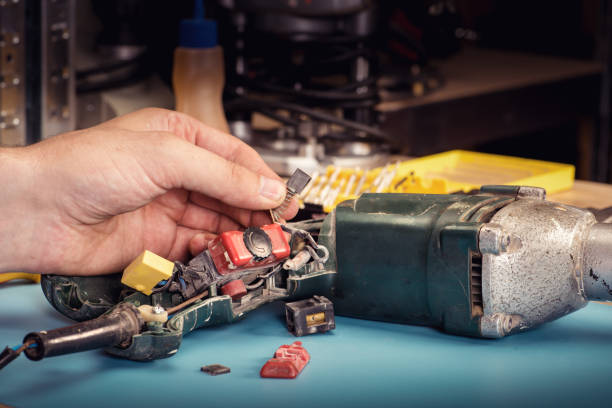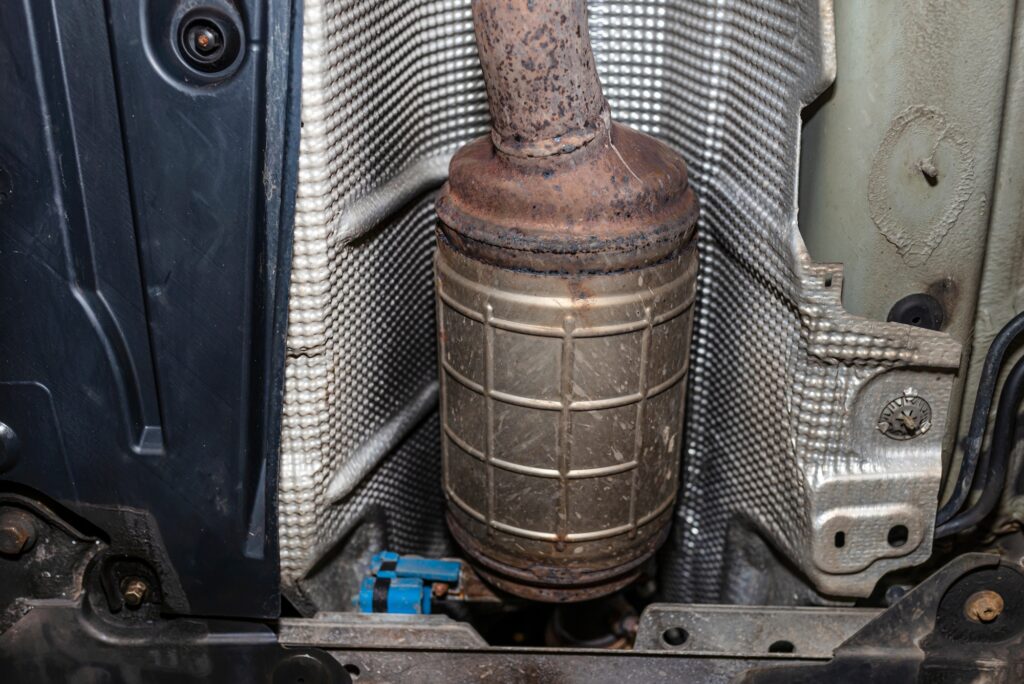ECU Remapping Stages and Techniques, often referred to as engine tuning or chipping, is a popular method used by car enthusiasts and professionals to optimize a vehicle’s performance. By modifying the software in a vehicle’s Engine Control Unit (ECU), drivers can achieve better power output, improved fuel efficiency, and enhanced overall driving experience. In this article, we will explore the stages of ECU remapping, various techniques used, and the benefits and considerations involved.
What is ECU Remapping?

The Engine Control Unit is essentially the brain of a vehicle’s engine management system. It regulates critical functions such as fuel injection, ignition timing, and air-to-fuel ratio. The factory settings of an ECU are designed to provide a balance between performance, fuel economy, and emissions compliance. However, these settings may not always reflect the vehicle’s full potential.
ECU remapping involves altering the factory software to unlock hidden capabilities, allowing for increased horsepower, torque, and overall efficiency. This can be particularly beneficial for drivers looking to enhance their driving experience without extensive modifications.
The Importance of ECU Remapping
1. Performance Enhancement
One of the primary reasons drivers opt for ECU remapping is the significant boost in performance. By adjusting parameters such as fuel delivery and ignition timing, remapping can lead to:
- Increased horsepower and torque.
- Improved throttle response.
- Enhanced acceleration.
2. Fuel Efficiency
In addition to performance gains, remapping can also improve fuel efficiency. By optimizing fuel injection and air intake, drivers may experience:
- Better miles per gallon (MPG).
- Reduced fuel costs over time.
3. Tailored Driving Experience
ECU remapping allows drivers to customize their vehicle’s performance to suit their preferences. Whether you prefer a sportier drive or a more economical approach, remapping can help achieve your desired driving style.
4. Compatibility with Modifications
For those who have made physical modifications to their vehicles, such as installing a performance exhaust or a cold air intake, ECU remapping ensures that these upgrades work harmoniously together. This can help maximize the benefits of the modifications.
Stages of ECU Remapping
ECU remapping can be categorized into different stages, each corresponding to the extent of modifications made to the vehicle.
Stage 1: Basic Remapping
Overview: Stage 1 remapping is the most straightforward and common form of tuning. It involves reprogramming the ECU with a new software file tailored for your vehicle model.
- Key Features:
- Typically does not require any hardware modifications.
- Provides noticeable improvements in horsepower and torque.
- Enhances throttle response and overall drivability.
- Target Audience: Ideal for everyday drivers seeking a reliable boost in performance without significant alterations to the vehicle.
Stage 2: Performance Upgrades
Overview: Stage 2 remapping takes things a step further by often incorporating additional hardware upgrades along with the remapping.
- Key Features:
- May include modifications such as a high-flow exhaust system, performance air filters, or upgraded intercoolers.
- Provides greater power gains compared to Stage 1.
- More extensive tuning adjustments based on the hardware changes.
- Target Audience: Suitable for performance enthusiasts looking for a noticeable increase in power while still maintaining reliability.
Stage 3: Advanced Tuning
Overview: Stage 3 is aimed at serious enthusiasts and those involved in motorsports. This stage involves extensive modifications to both the engine and its components.
- Key Features:
- Custom tuning tailored to specific upgrades like turbochargers or superchargers.
- Significant increases in horsepower and torque, often exceeding factory specifications.
- Requires rigorous testing and tuning to ensure reliability under high-stress conditions.
- Target Audience: Geared towards racers and serious performance enthusiasts who have heavily modified their vehicles.
Techniques Used in ECU Remapping
Different techniques can be employed to achieve ECU remapping, each with its own advantages and disadvantages.
1. Chip Tuning
Overview: Chip tuning involves replacing or reprogramming the stock chip in the ECU.
- Pros:
- Directly modifies the ECU’s programming.
- Provides a reliable solution for older vehicles with removable chips.
- Cons:
- Less common in modern vehicles where chips are often soldered onto the board.
2. Flash Tuning
Overview: Flash tuning is the most popular method for modern vehicles. It involves using specialized software to reprogram the ECU via the OBD-II port.
- Pros:
- Quick and non-invasive, allowing for easy updates and adjustments.
- Compatible with a wide range of modern vehicles.
- Cons:
- Requires knowledge of tuning software to achieve optimal results.
3. Data Logging
Overview: Data logging is a technique that involves monitoring various engine parameters during driving conditions to inform tuning decisions.
- Pros:
- Provides detailed insights into engine performance.
- Allows for precise adjustments based on real-world data.
- Cons:
- Can be time-consuming and requires additional equipment.
4. Dyno Tuning
Overview: This method uses a dynamometer to measure the vehicle’s performance before and after remapping.
- Pros:
- Accurate performance measurements and adjustments.
- Identifies any potential issues with the vehicle’s performance.
- Cons:
- Requires access to a dynamometer, which can be costly.
Considerations Before ECU Remapping

Before deciding to remap your ECU, it’s essential to consider several factors to ensure you make an informed choice.
1. Vehicle Warranty
ECU remapping may void your vehicle’s warranty. Always check with the manufacturer or dealer before proceeding with any modifications.
2. Compatibility
Ensure that the remapping software is compatible with your specific vehicle model. Not all remapping solutions will work with every car, so it’s essential to choose a reputable tuner.
3. Quality of Tuning Service
Choose a professional tuning service with a solid reputation. Poor tuning can lead to engine issues, decreased performance, or even damage. Look for customer reviews and recommendations.
4. Emissions Regulations
Be aware of local emissions regulations. Some remapping solutions may cause your vehicle to exceed legal emissions limits, which could lead to fines or failed inspections.
5. Reliability and Longevity
Consider how remapping may affect the long-term reliability of your vehicle. While performance gains can be enticing, it’s crucial to ensure that the modifications do not compromise the engine’s longevity.
Conclusion
ECU remapping can unlock a vehicle’s full potential, offering enhanced performance, improved fuel efficiency, and a more personalized driving experience. By understanding the various stages and techniques involved, you can make informed decisions about the best approach for your needs. Whether you are a casual driver or a dedicated enthusiast, ECU remapping can be a rewarding investment in your vehicle’s performance. Always consult with a professional tuner to ensure a safe and effective remapping process.
















